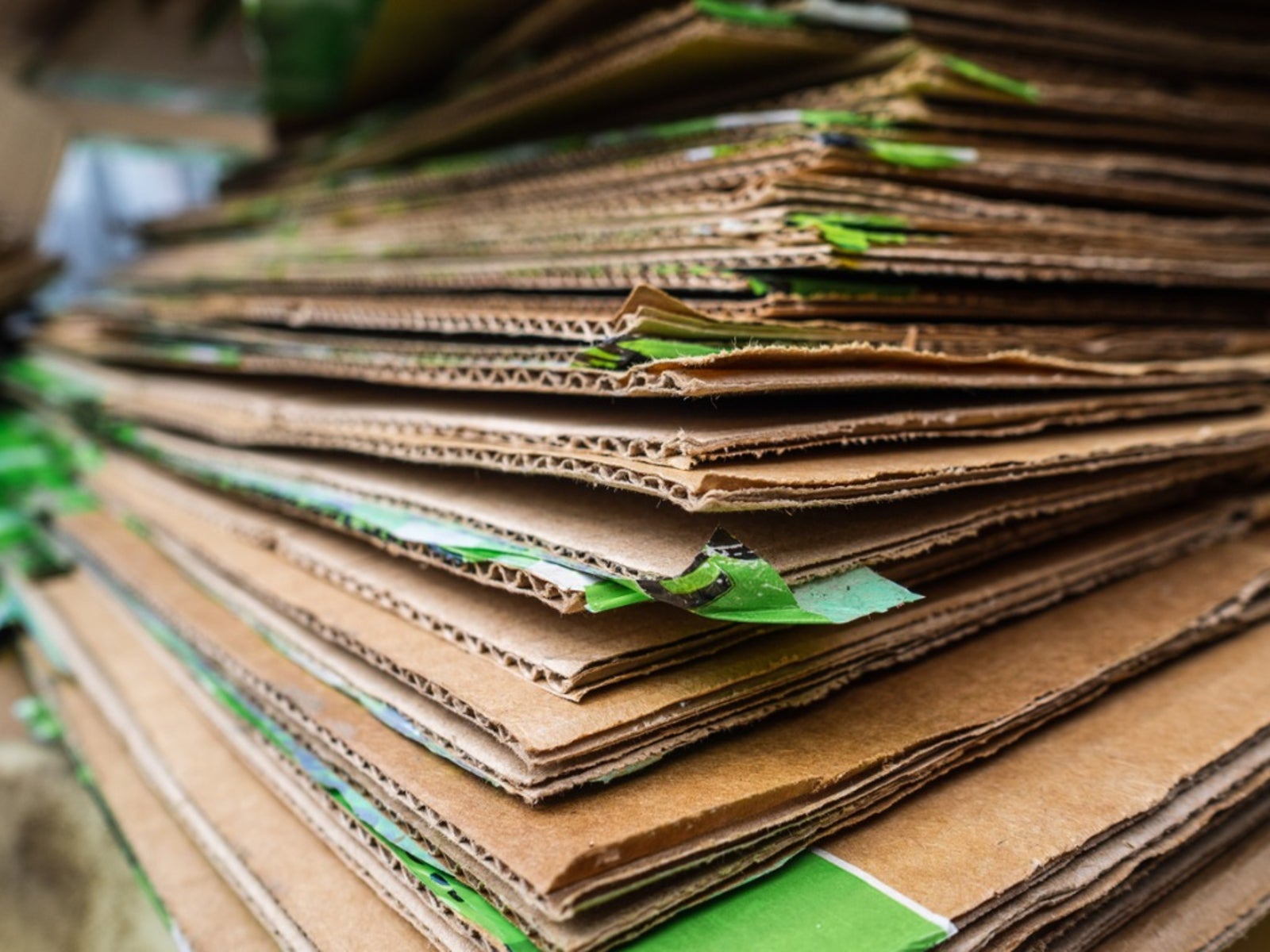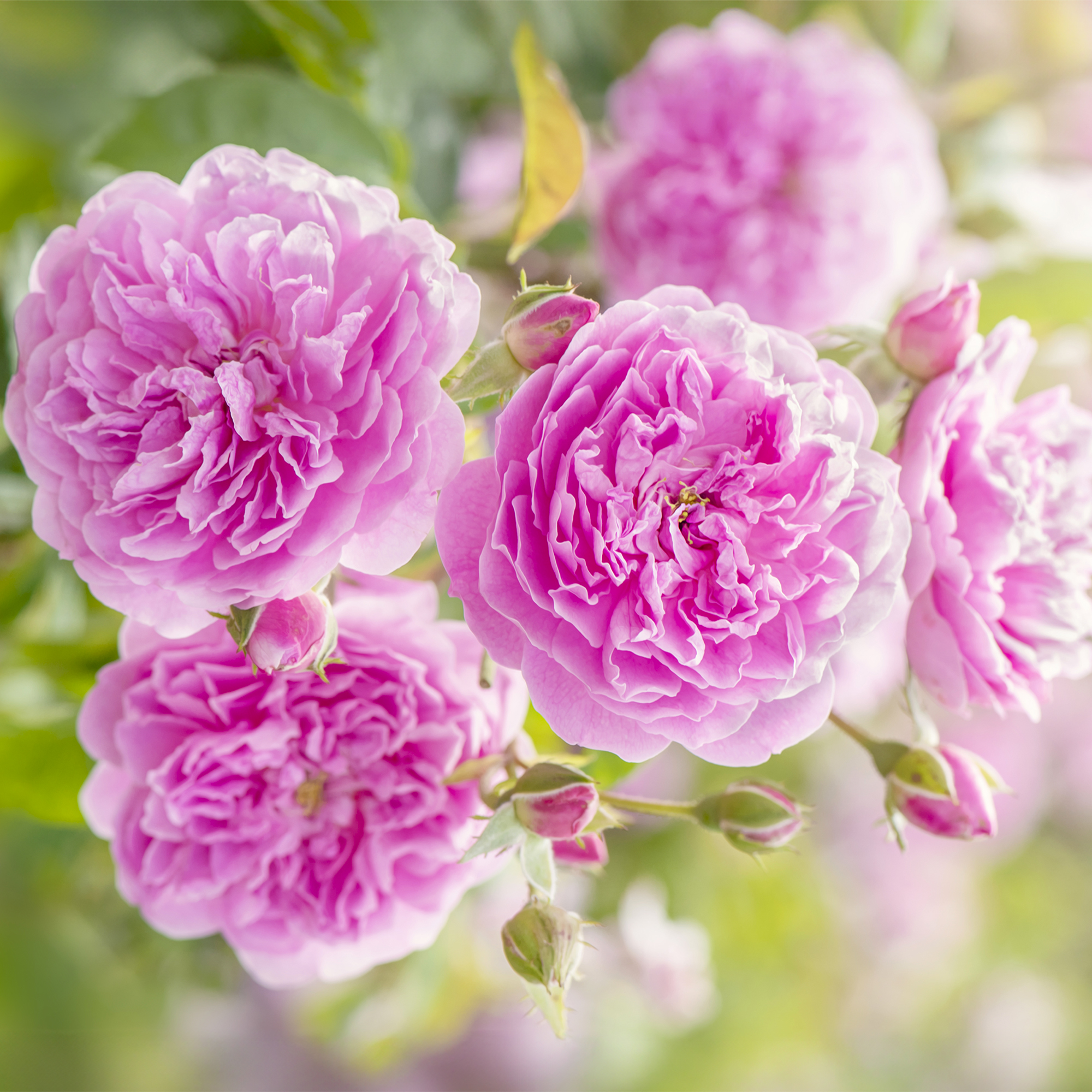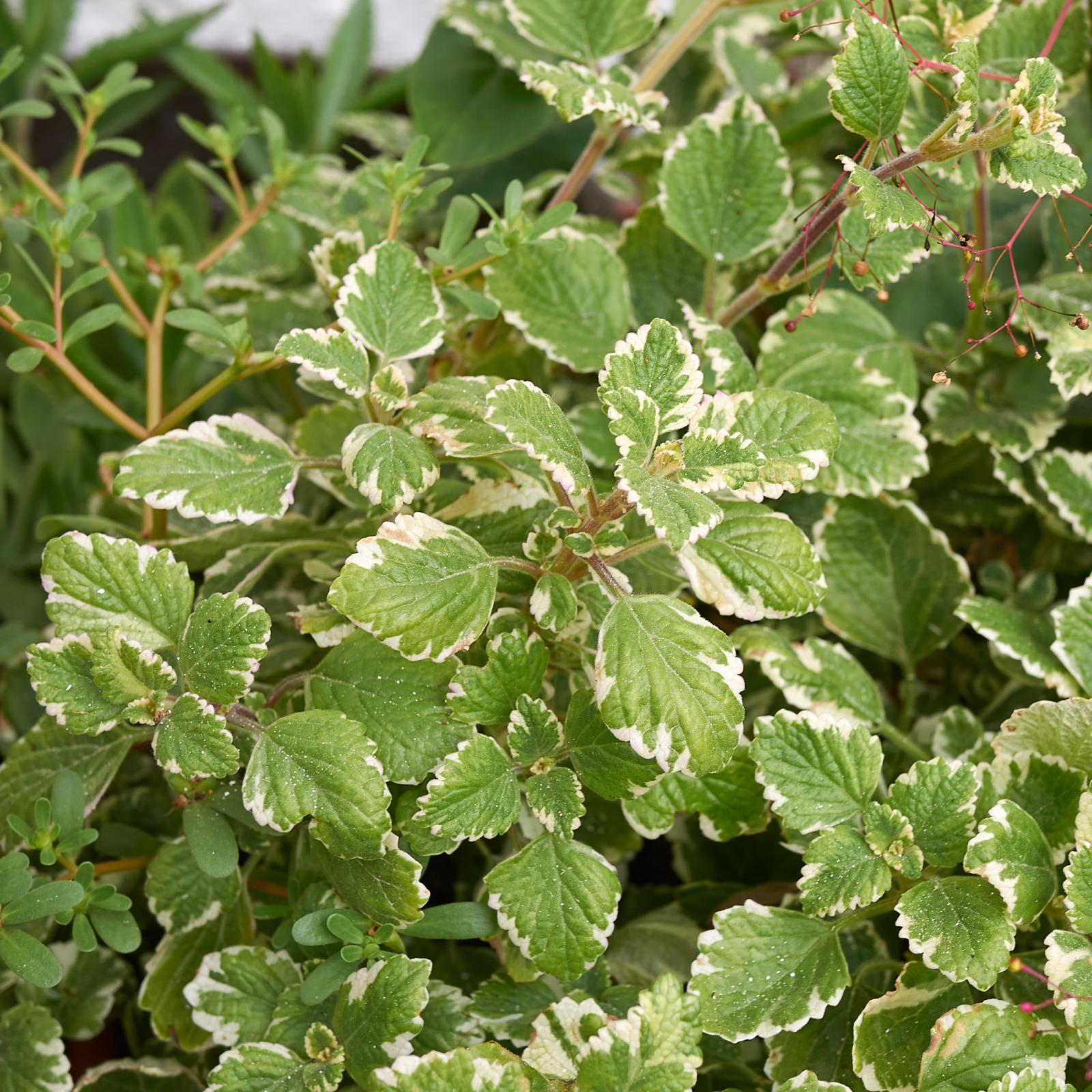Composting Cardboard: Information On Types Of Cardboard To Compost Safely

Using cardboard in compost is a rewarding experience that makes great use of boxes taking up space. There are different types of cardboard to compost, so knowing what you are working with beforehand is important when learning how to compost cardboard boxes.
Can I Compost Cardboard?
Yes, you can compost cardboard. In fact, cardboard waste makes up over 31 percent of landfills, according to the United States Environmental Protection Agency. Composting cardboard is a practice that is becoming more popular now that people are beginning to realize the benefits of composting. Composting cardboard is perfect if you have just moved or you are cleaning up the attic.
Types of Cardboard to Compost
Composting cardboard, especially large boxes or individual sheets of cardboard, is not difficult as long as you set up and maintain your compost pile correctly. There are generally two to three types of cardboard to compost. These include:
- Corrugated cardboard - This is the type usually used for packing. Any type of corrugated cardboard can be used in compost as long as it is broken into small pieces.
- Flat cardboard - This type of cardboard is most often found as cereal boxes, drink boxes, shoe boxes, and other similar flat-surfaced cardboards.
- Wax-coated cardboard - These types include cardboard that has been laminated with another material, such as wax (coated paper cups) or non-degradable foil lining (pet food bags). These types are more difficult to compost.
Regardless of the type used, shredded cardboard works best when using cardboard in compost. However, if you cannot shred it, just rip it or cut it up as small as you can. It is also a good idea to remove any tape or stickers that will not break down easily.
How to Compost Cardboard Boxes
It is critical that all cardboard to be composted is broken into small pieces. Large pieces will not decompose as quickly. Also, soaking the cardboard in water with a bit of liquid detergent will help to speed up the decomposition process.
- Begin your compost pile with a 4 inch (10 cm.) layer of shredded corrugated cardboard with other high-carbon materials such as straw, old hay, or dead leaves.
- Add a 4 inch (10 cm.) layer of nitrogen rich materials on top of the cardboard such as fresh grass clippings, horse or cow manure, spoiled vegetables, or fruit peels.
- Add a 2 inch (5 cm.) layer of soil on top of this layer.
- Continue to layer in this fashion until the pile is approximately 4 cubic feet (0.1 cubic meters). It is imperative that the compost pile be kept about as moist as a sponge. Add more water or cardboard depending on how wet it feels. The cardboard will soak up any excess water.
- Turn the compost pile every five days with a pitchfork to speed up decomposition. In six to eight months, the compost will be ready to use in the garden.
As you can see, learning how to compost cardboard is easy. In addition to being a great soil conditioner for plants in the garden, you'll find that using cardboard in compost will help keep unwanted trash from piling up.
Gardening tips, videos, info and more delivered right to your inbox!
Sign up for the Gardening Know How newsletter today and receive a free copy of our e-book "How to Grow Delicious Tomatoes".
-
 How Much Sun Do Roses Need To Grow? Understanding Rose Light Requirements
How Much Sun Do Roses Need To Grow? Understanding Rose Light RequirementsDiscover how much sunlight your roses really need to grow strong, bloom beautifully, and stay healthy all season long.
-
 Which Ivy Is Best For A Garden? 7 Varieties Of Ivy To Grow (And 2 To Avoid)
Which Ivy Is Best For A Garden? 7 Varieties Of Ivy To Grow (And 2 To Avoid)Lots of varieties of ivy can complement your garden, provide groundcover, or create a private oasis, but which is best? Explore our top picks for beautiful ivy.